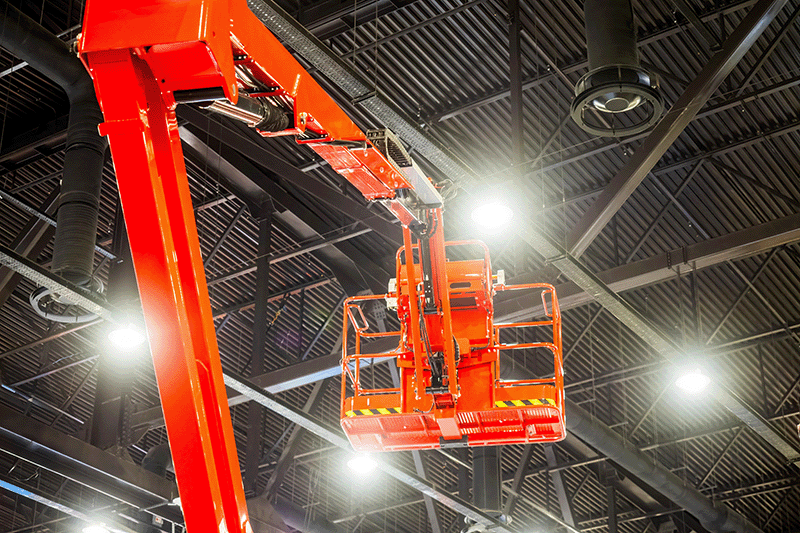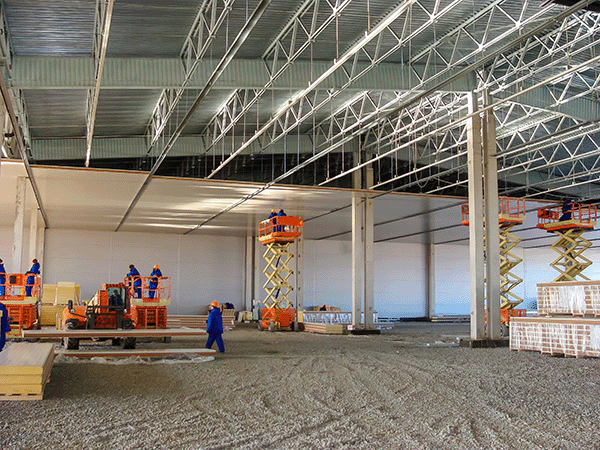Partner with Downstream

Indoor construction and industrial work can be just as complex—if not more so—than outdoor projects. While you may avoid weather delays and site mud, working inside brings its own set of logistical and safety challenges. From height limitations to floor load restrictions, tight spaces to waste disposal requirements, every aspect of your workflow needs to be planned with precision. This guide breaks down the key challenges you’ll face and offers strategies to keep your operations safe, efficient, and compliant.

One of the most immediate obstacles in an indoor jobsite is vertical clearance. Unlike outdoor projects where boom lifts and cranes can reach skyward, interior work must stay within the boundaries of a roof or ceiling structure.
Key considerations:
Pro Tip: Equipment with electric or hybrid power sources often has more compact designs and reduced exhaust output—ideal for indoor environments where ventilation is limited.
Floor material and structural design can heavily impact your equipment choice. Indoor floors—especially in older buildings or multi-level structures—may not be engineered to handle the concentrated weight of heavy machinery.
Potential issues:
Solutions:
For reference, OSHA’s load handling guidelines are an excellent starting point for understanding indoor floor safety requirements.
Indoor jobs generate waste just like outdoor ones—dust, debris, packaging, and material scraps. The difference is, inside a confined structure, waste can quickly pile up and cause hazards.
Best practices:
Not only is this a safety issue, but in many cities, there are strict rules for indoor waste handling to protect air quality and fire safety. You can find specific disposal guidelines from sources like the EPA’s construction waste management resources.

Indoor projects often have limited space—especially in finished or partially occupied buildings. When too many trades or too much equipment share a small footprint, productivity and safety can suffer.
Risk factors:
Management tips:
When it comes to indoor work, having the right-size equipment is critical. At Downstream, we specialize in providing machinery that fits the unique demands of interior jobsites—compact lifts, low-clearance forklifts, and lightweight material handling solutions.
With Downstream, you can:
Our team understands that indoor projects require precision and adaptability—and our rental fleet is built to deliver exactly that.
Working indoors means navigating more than just walls and ceilings—it’s about respecting structural limits, keeping waste under control, and ensuring everyone can work efficiently in close quarters. By planning for these challenges ahead of time and selecting the right equipment, you can keep your project moving without costly delays or safety issues.
And with a trusted partner like Downstream, you can be sure your indoor operations are supported by the right tools for the job.
-min.webp)
Quis nostrud exercitation ullamco laboris nisi ut aliquip ex ea commodo consequat. Duis aute irure dolor in voluptate.
